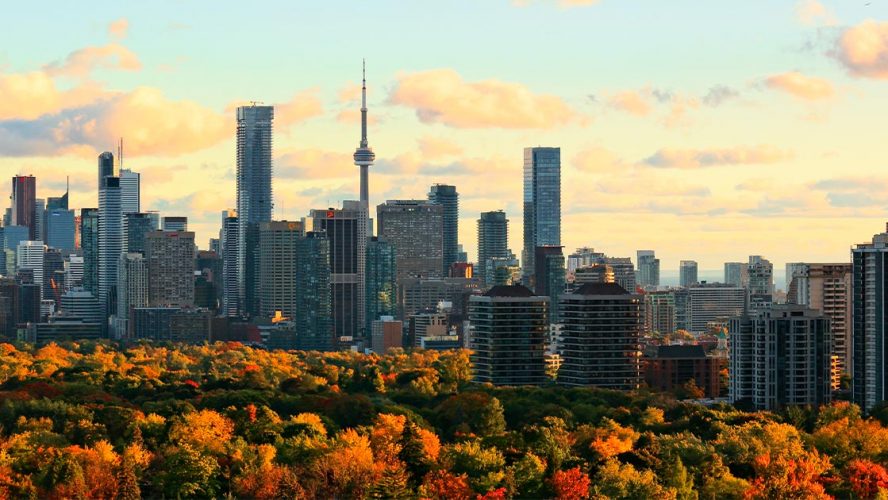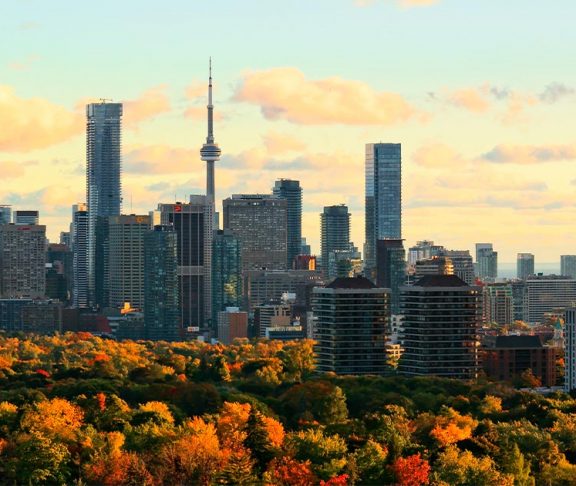
Frederik Vroom
Program Manager – Grow Clean Air & National Greening Program, Tree Canada
Aside from being lovely to look at, trees supply many goods and services — wood for building our homes, shelter for wildlife, air purification, and flood protection, to name a few.
Trees also offer many health, economic, and social benefits. Research shows that living near trees lowers the risks of mortality from common causes of death by 8%–12%. Mature trees on a well-landscaped backyard can boost a home’s value up to 19% and provide enough shade to reduce air conditioning costs by 20%–30%. And a 10% increase in tree canopy can lead to a 12% decrease in neighbourhood crime. That all adds up to huge positives for Canadians and communities.
A reason for concern: our urban trees are in decline
For more than two decades, forest cover has been declining, especially in cities. “With 82% of the Canadian population now living in urban areas, we’re losing many of the benefits that trees provide,” says Frederik Vroom, Program Manager, Grow Clean Air and National Greening Program at Tree Canada, a national non-profit organization dedicated to improving the lives of Canadians by planting and nurturing trees. Through their programs, research, and educational efforts, the organization has helped restore tree cover in areas hit by natural disasters, guided communities in managing their urban forests, helped green schoolyards, and organized urban forest conferences — planting more than 82 million trees since it was established in 1992.
With 82% of the Canadian population now living in urban areas, we’re losing many of the benefits that trees provide.
Frederik Vroom from Tree Canada
How we can adapt to climate change with trees
“Climate change is changing the way we live, so we need to adapt and make our environment more sustainable and trees are definitely one of the tools to do that,” says Vroom. Trees can help mitigate the effects of climate change in two ways — by storing more carbon and by reducing energy use. “If a city is well-planned and well- planted with trees, for example, the amount of energy used for heating and cooling can be greatly reduced along with the carbon emissions from burning fossil fuel,” says Vroom.
With their large root systems, trees also protect against flooding. “Because those roots hold soil, they not only prevent erosion, they also hold water,” says Vroom. “If we completely cover a city with concrete, the water will run up and flood very quickly. However, if you have enough trees, the water will go into the canopy, where it can be held and stored for longer periods of time, preventing massive flooding from stormwater.”
In appreciation for everything trees do for us, Tree Canada invites you to celebrate this year’s National Tree Day on Wednesday, September 25, during National Forest Week. Celebrations will take place from coast to coast, from dawn to dusk, and it’s a great way to discover more about the important role trees play in sustainability and our shared responsibility in maintaining Canada’s urban forest cover.



